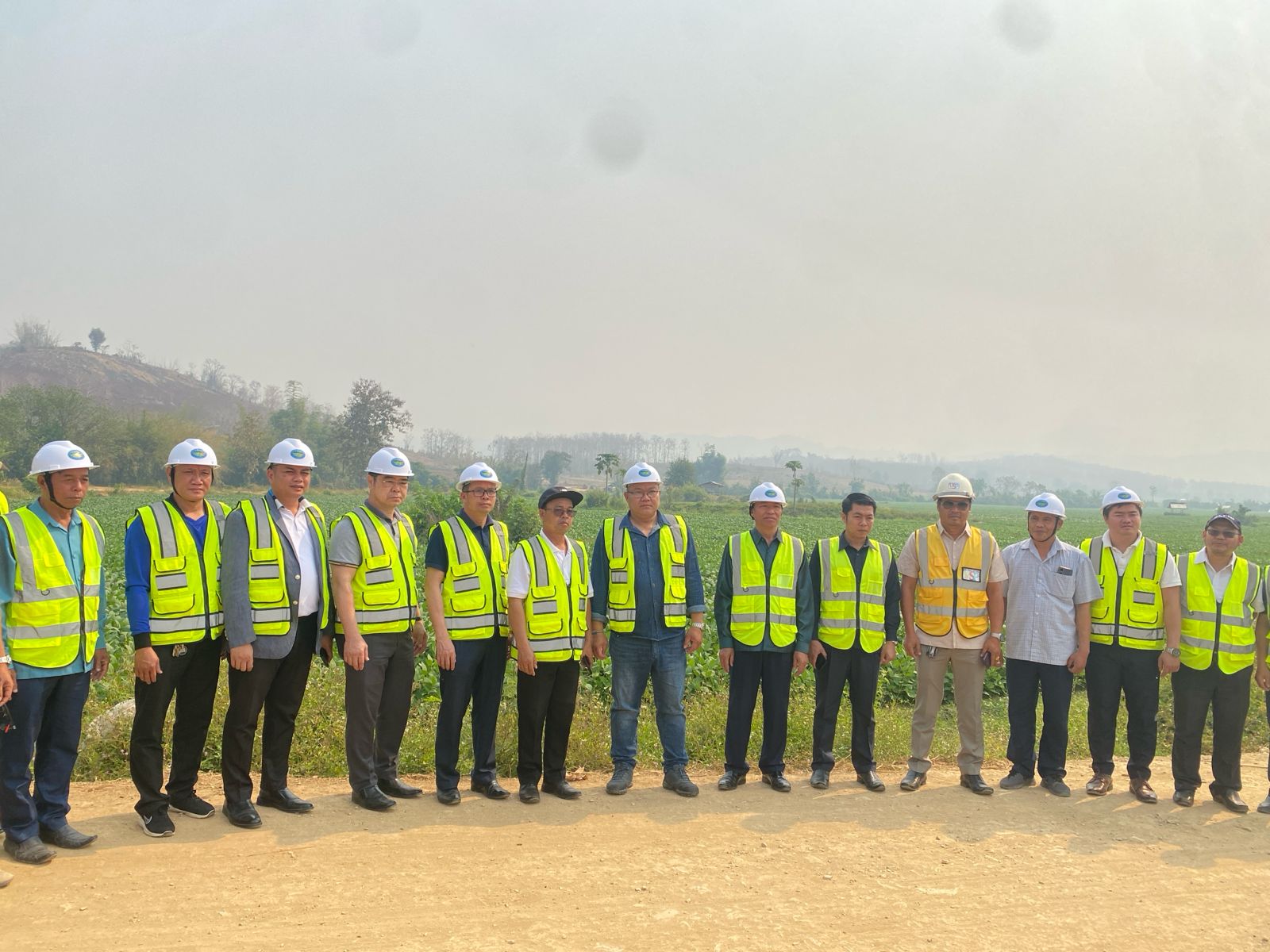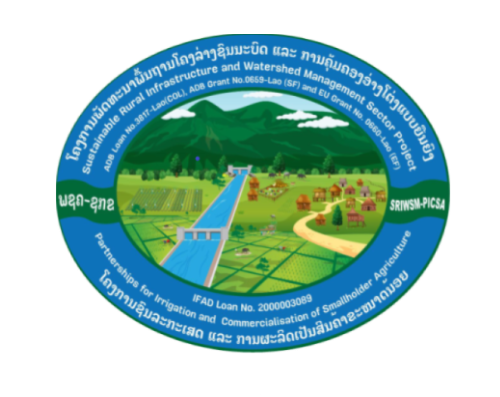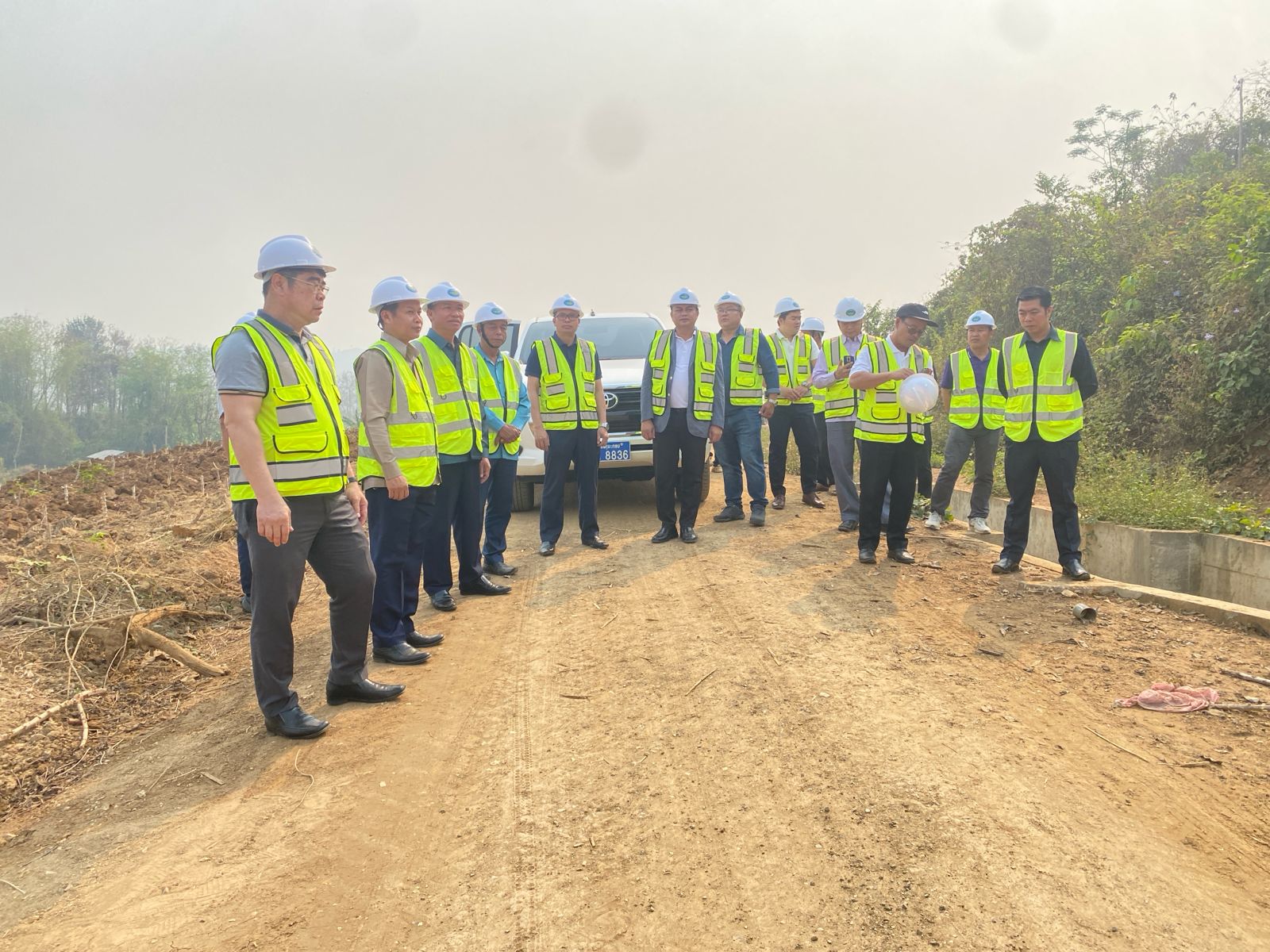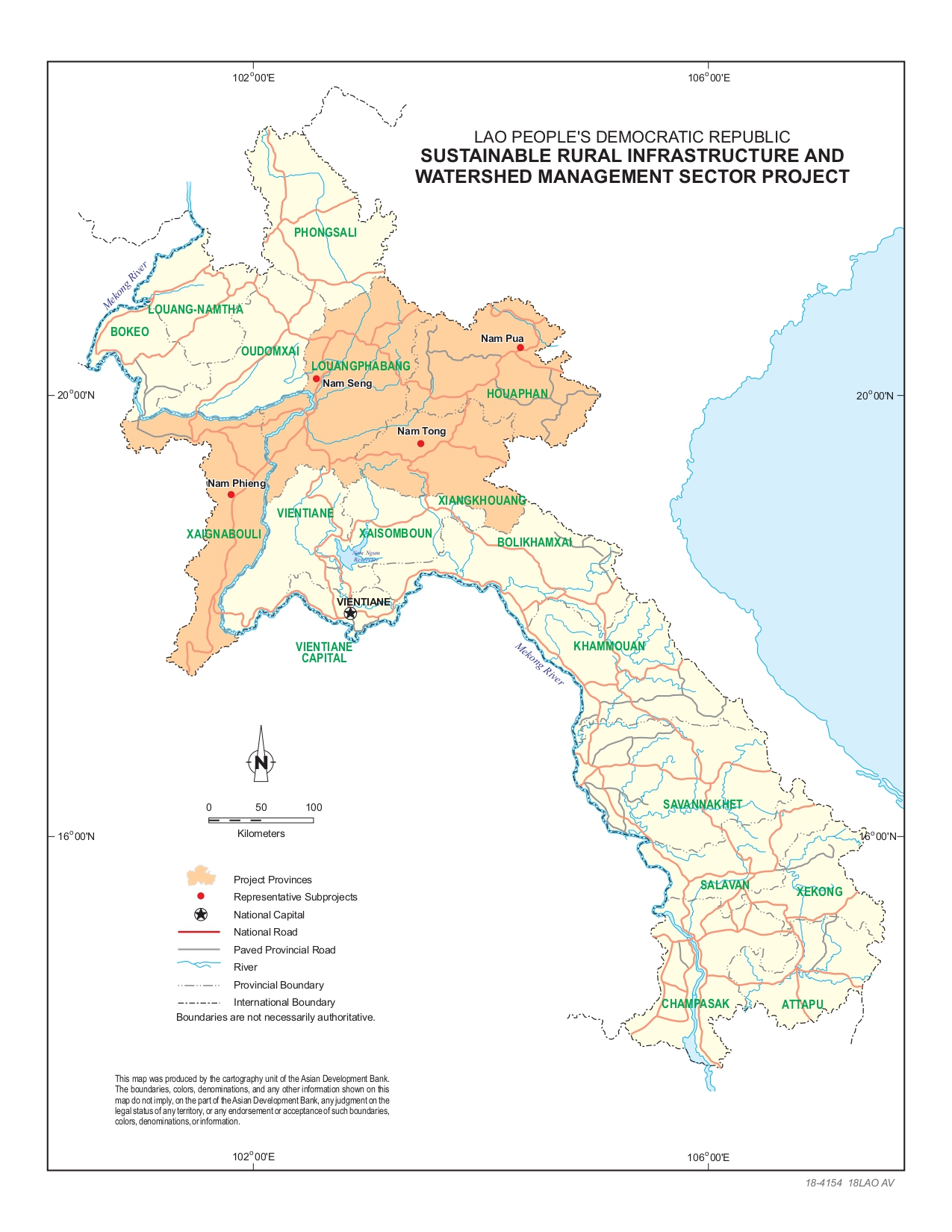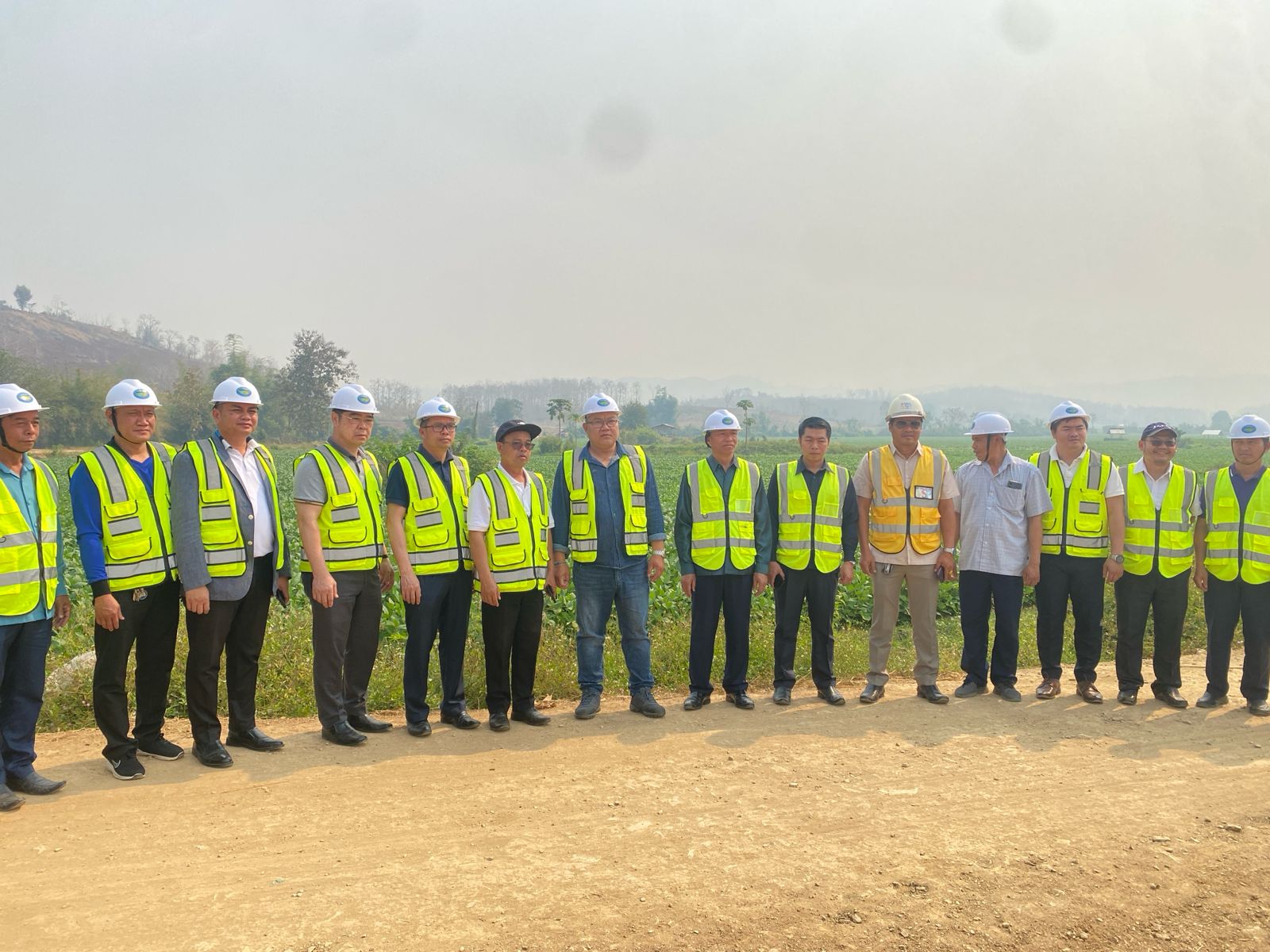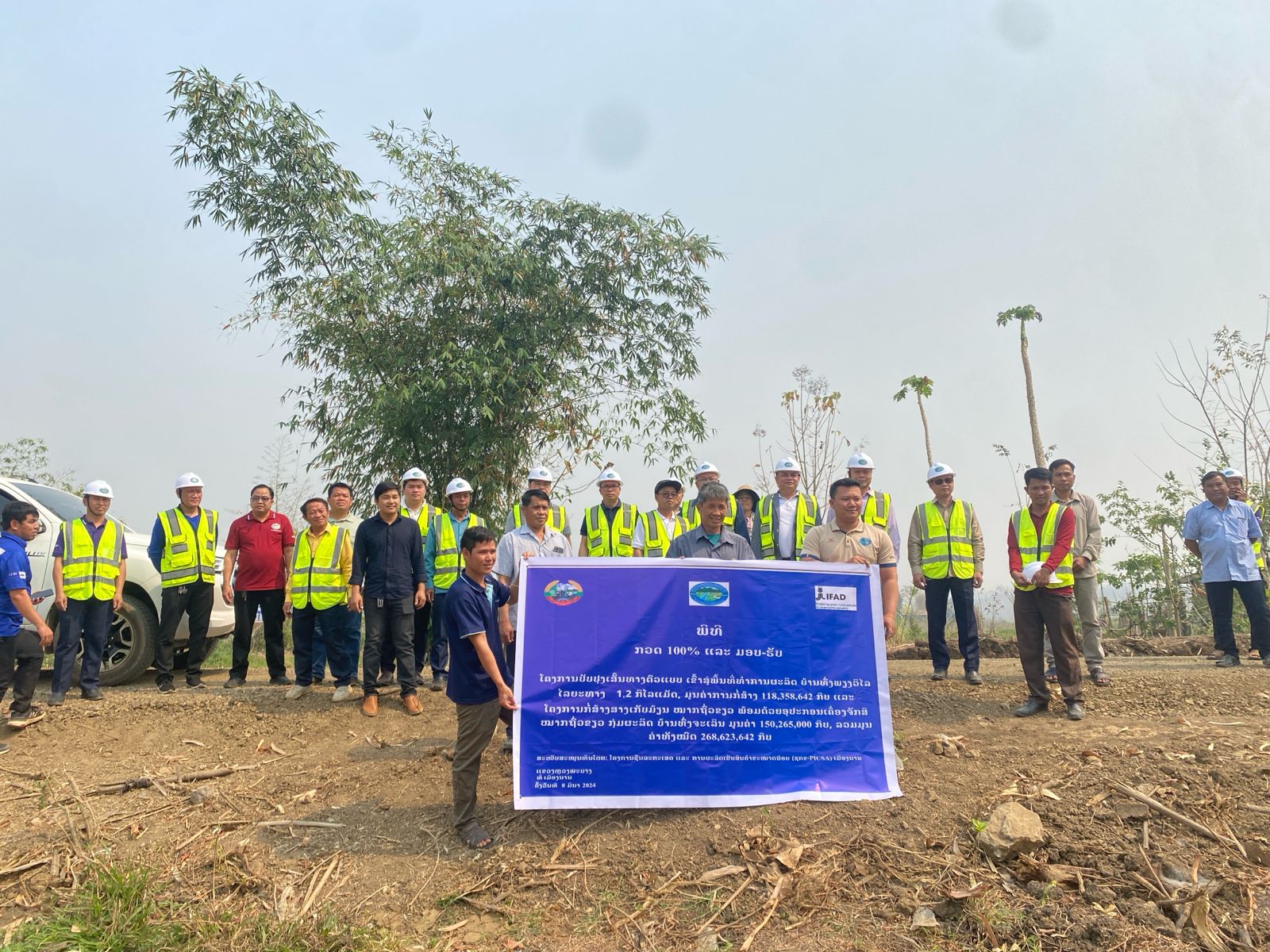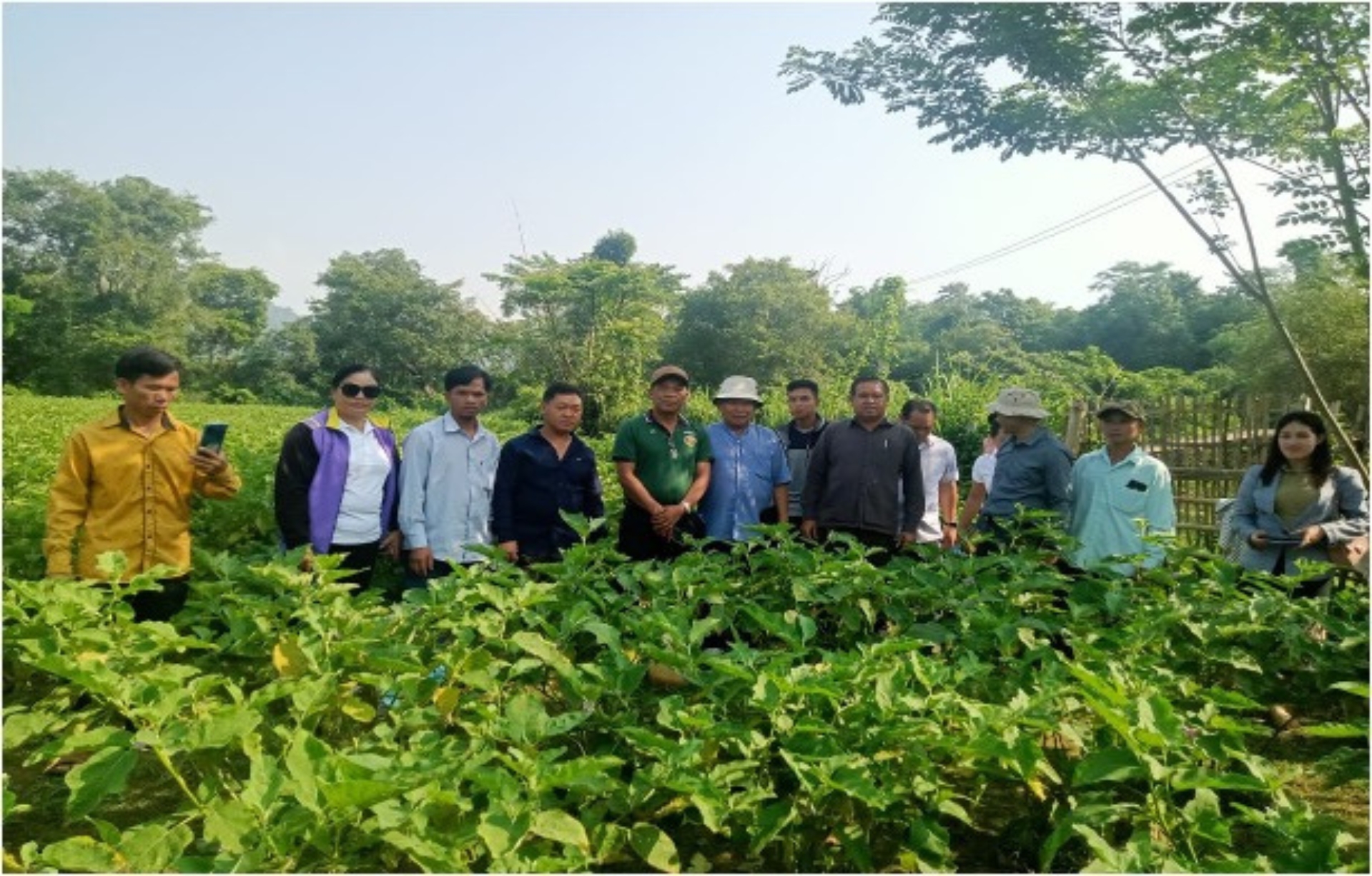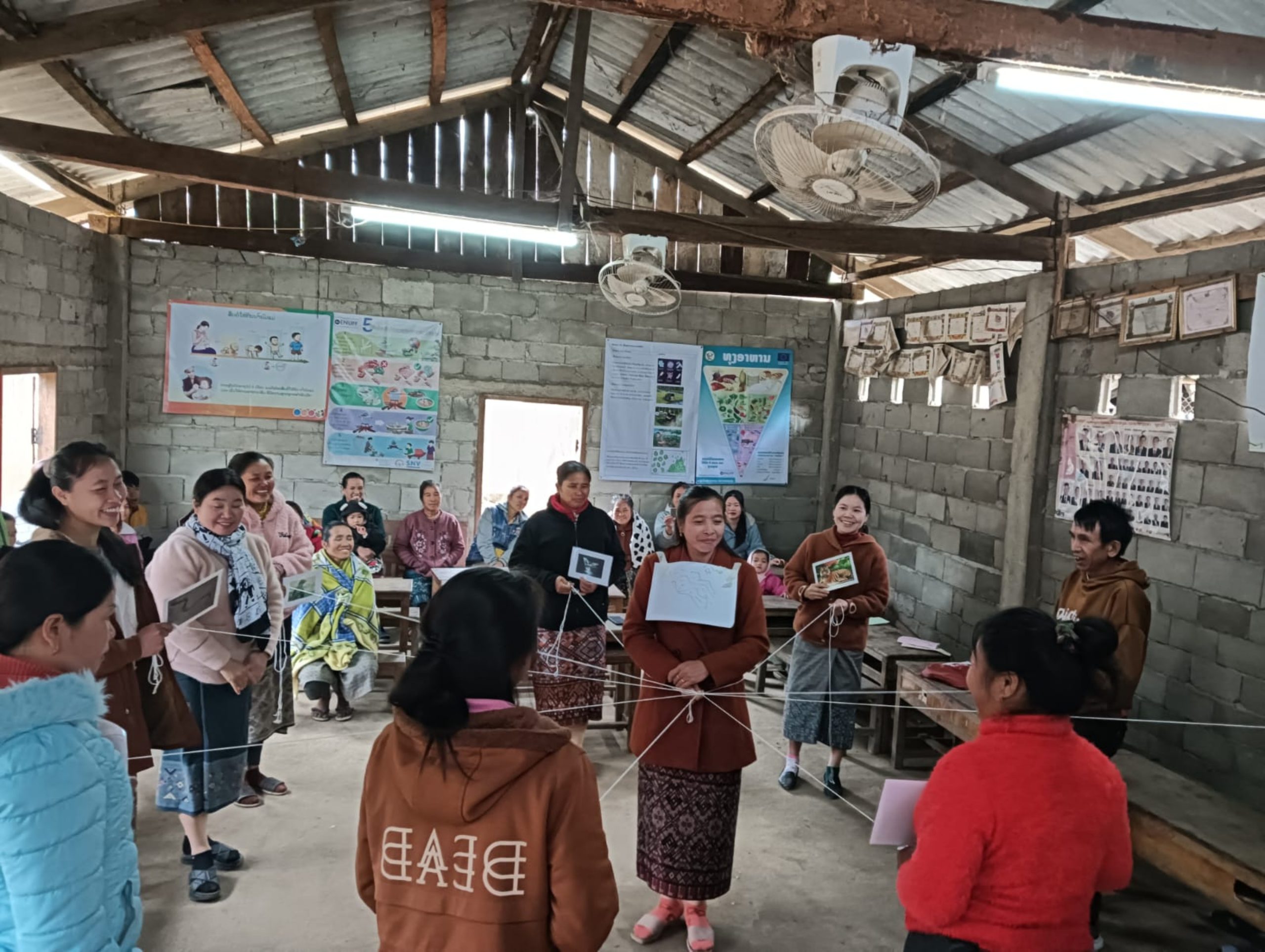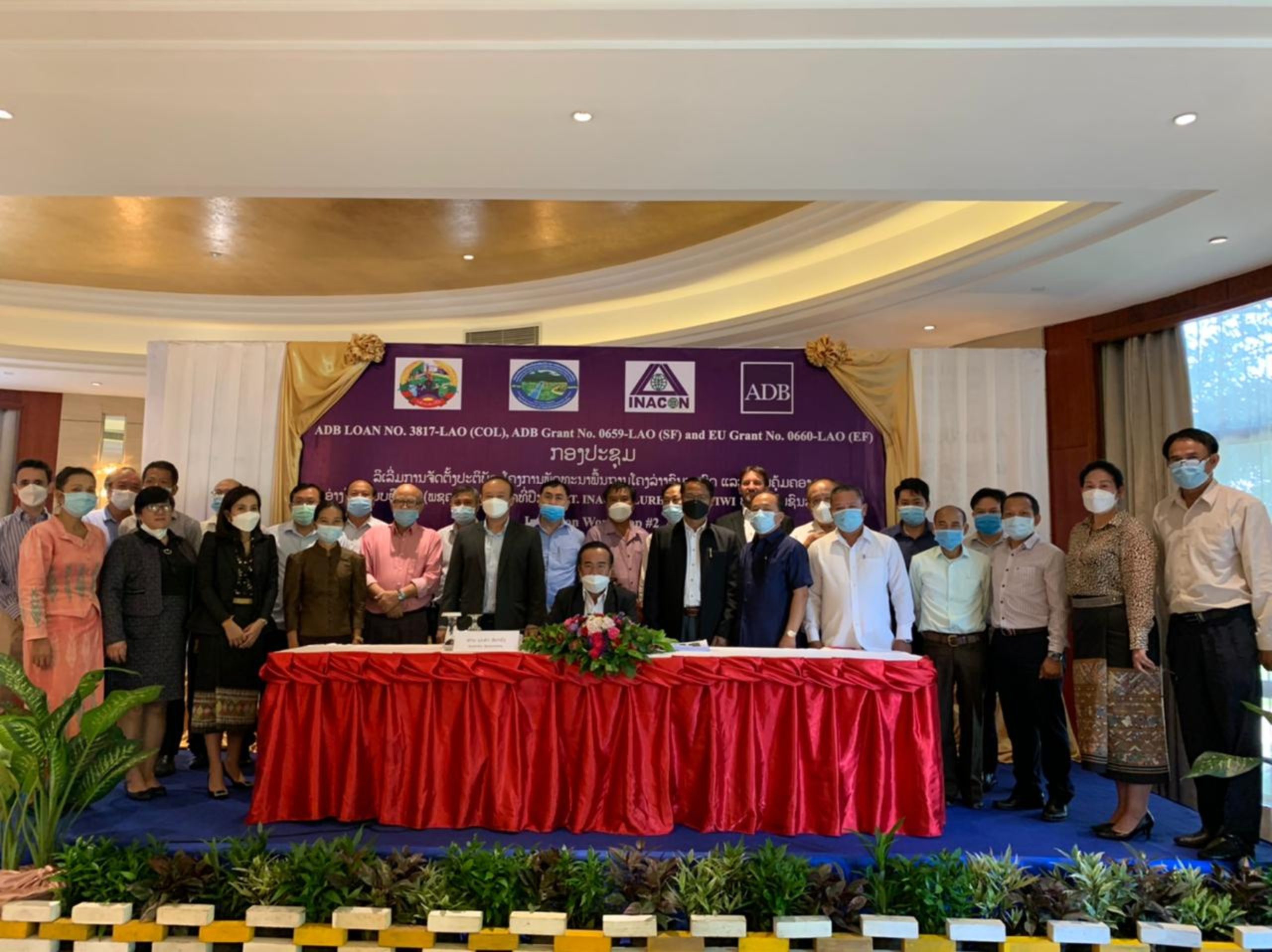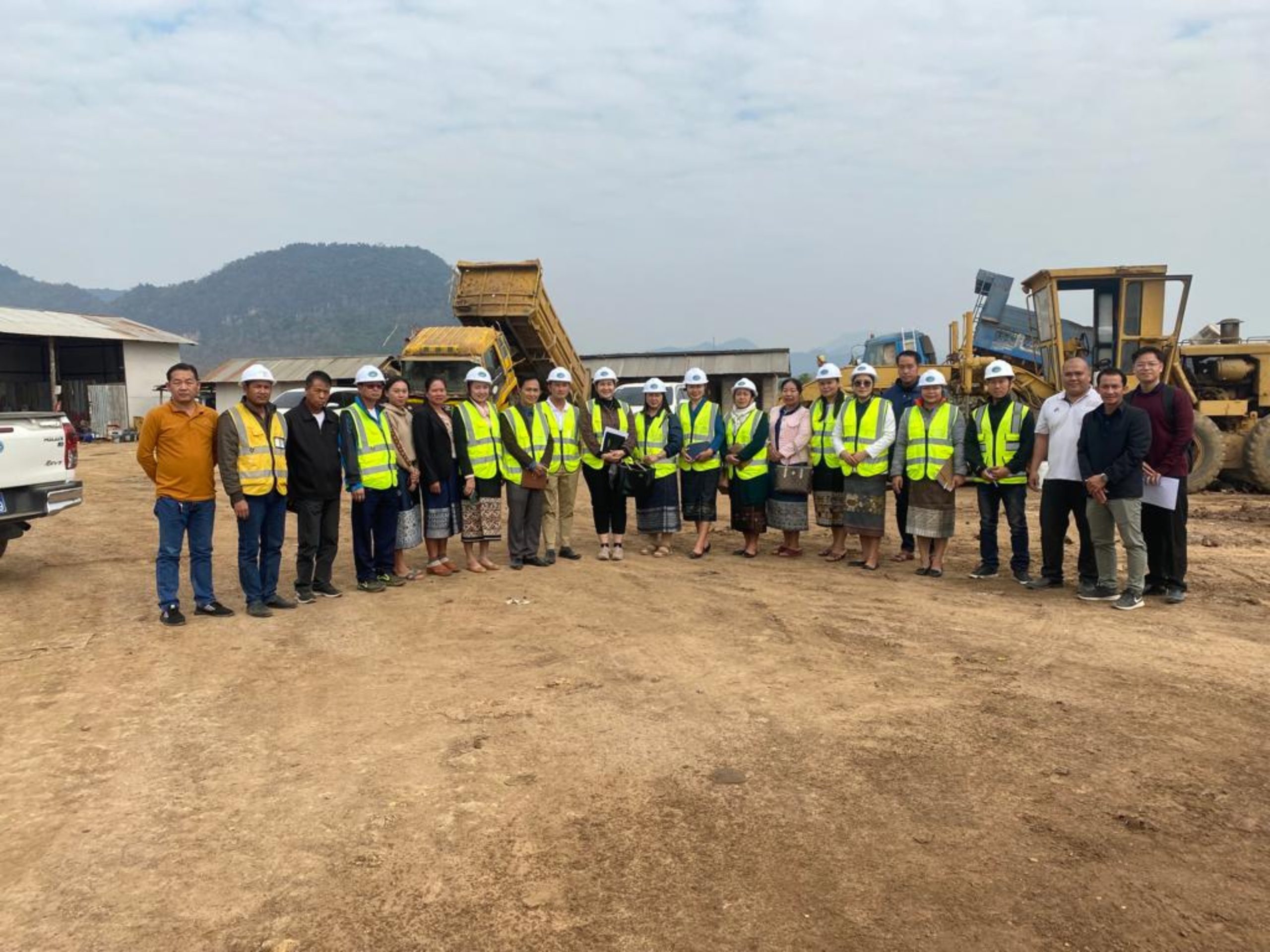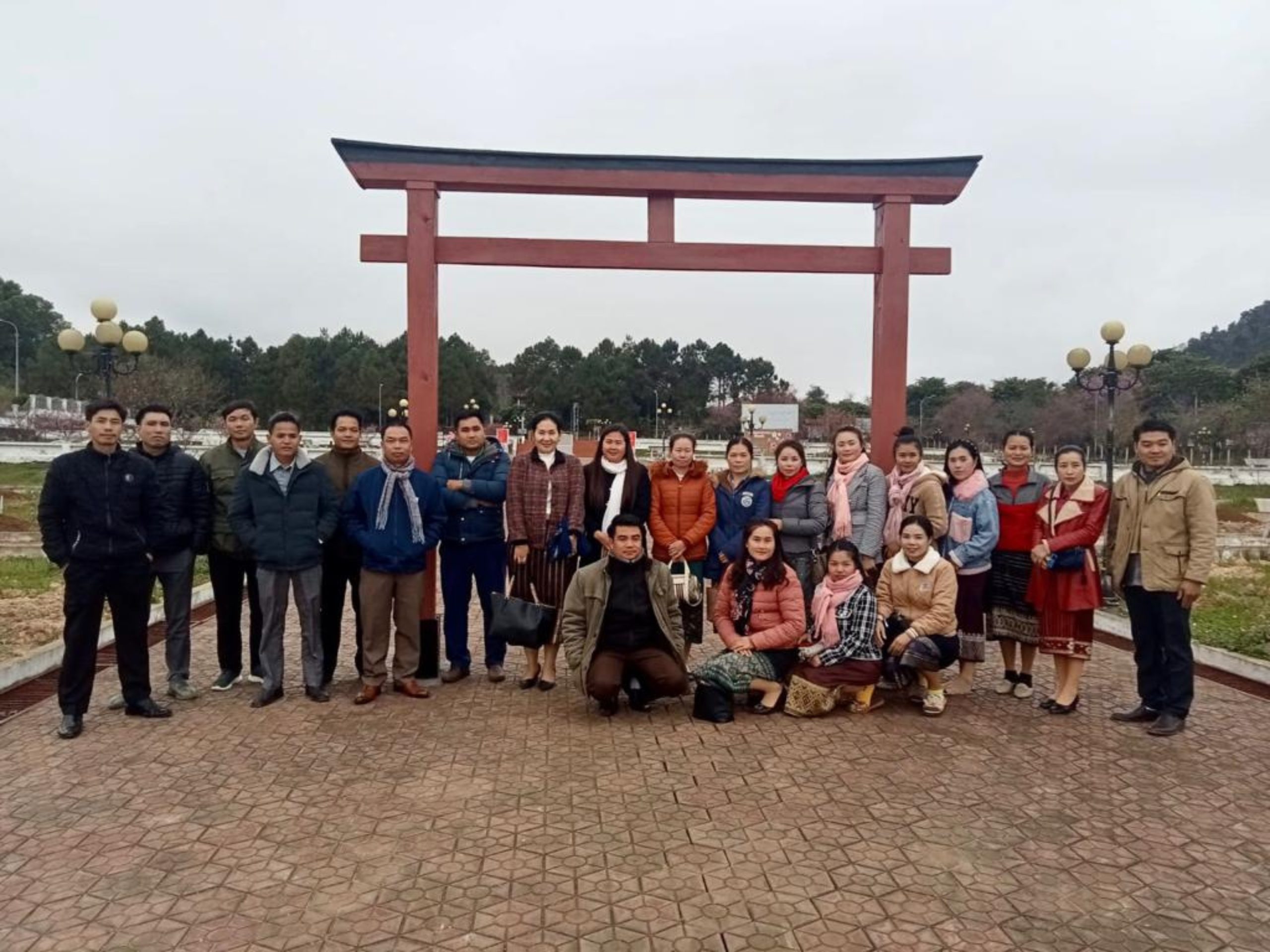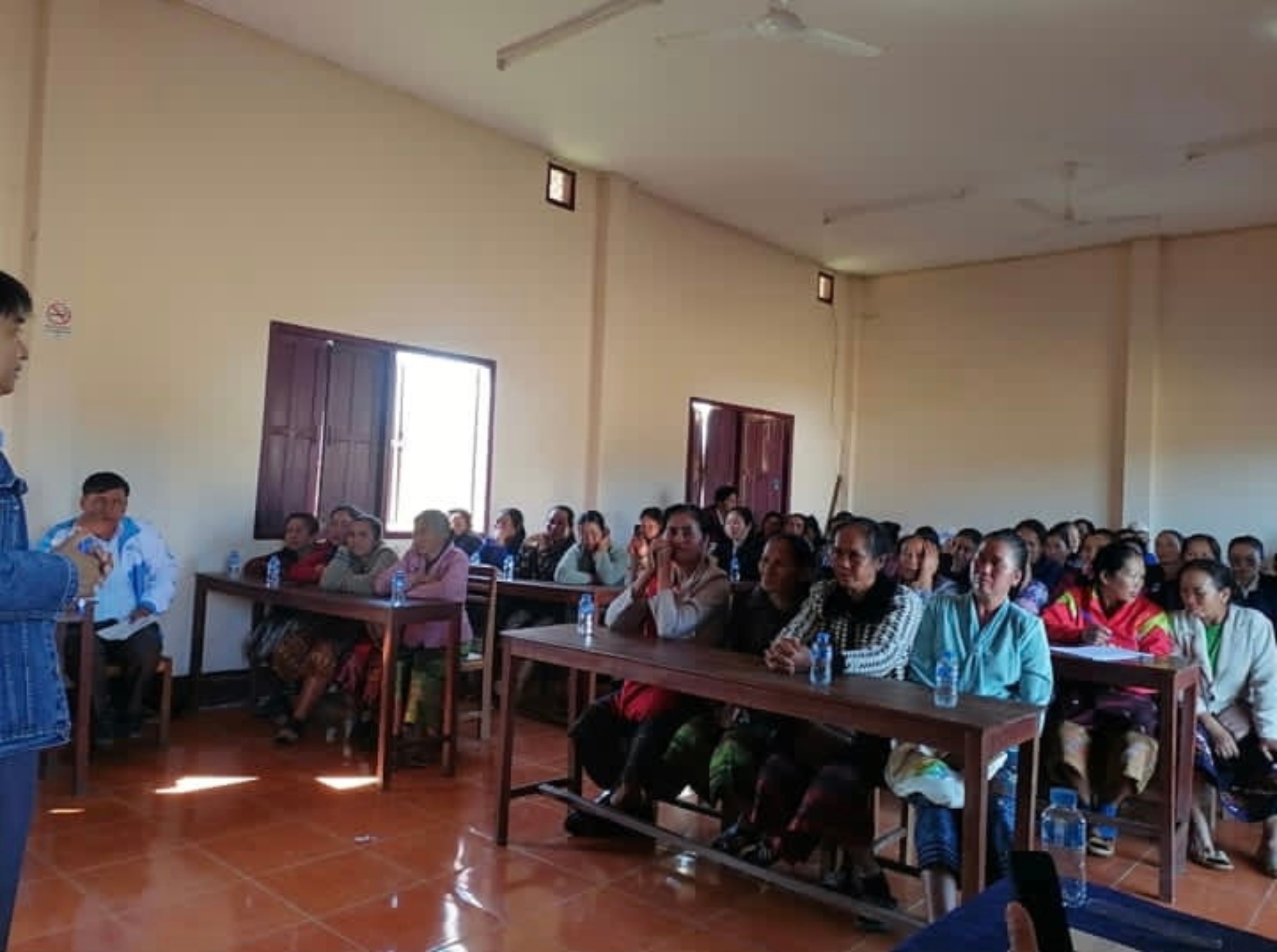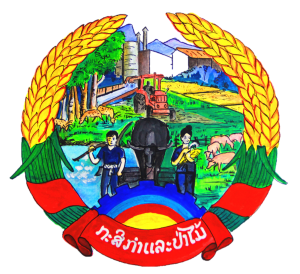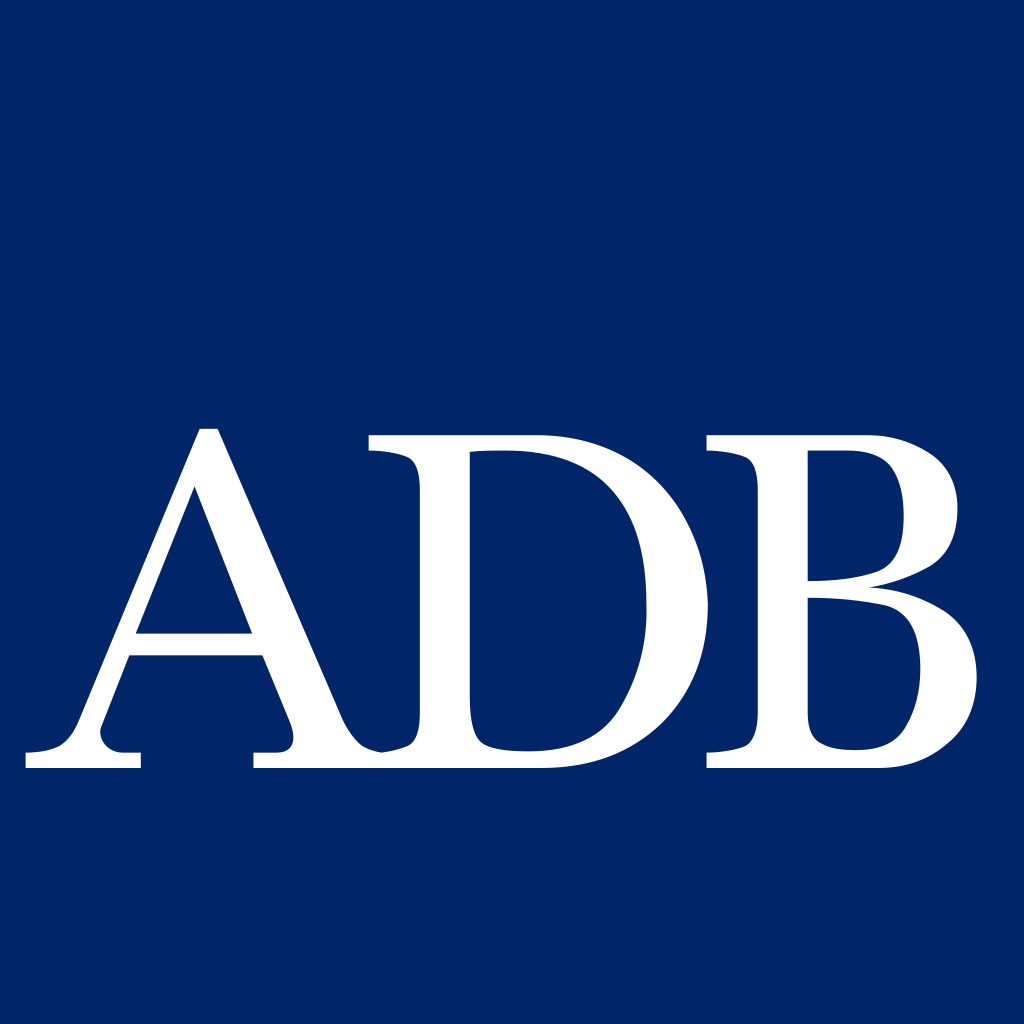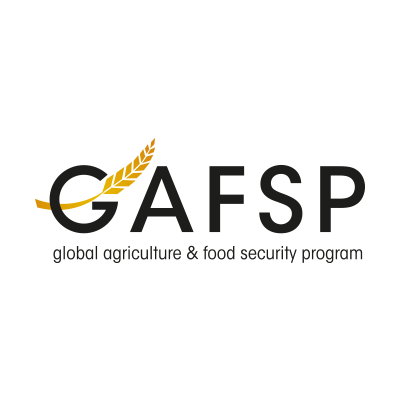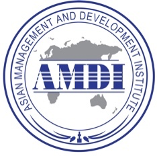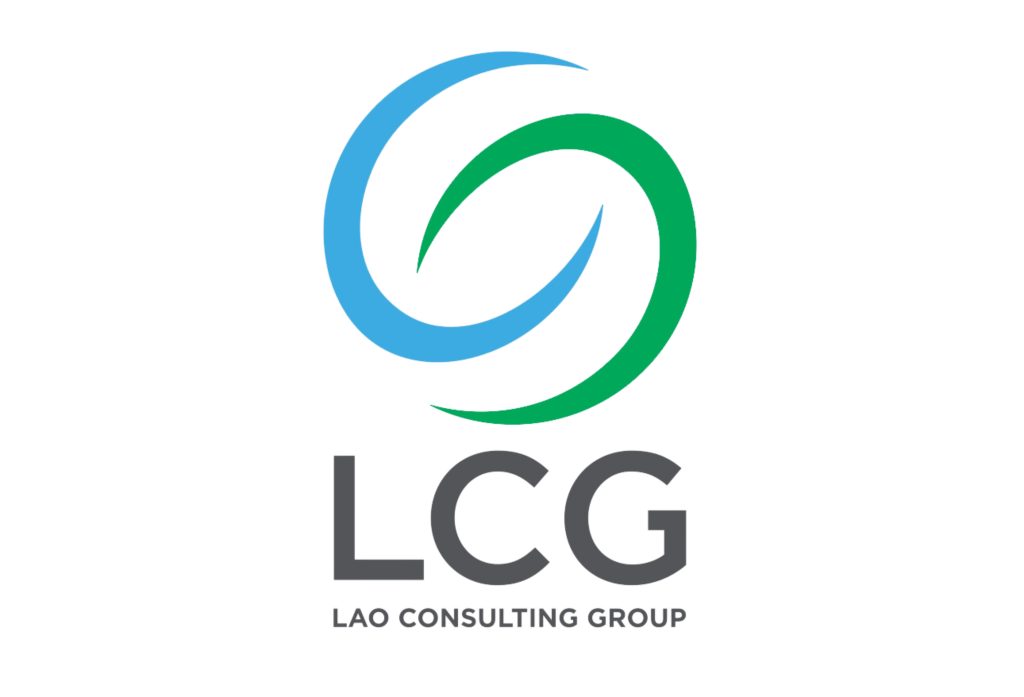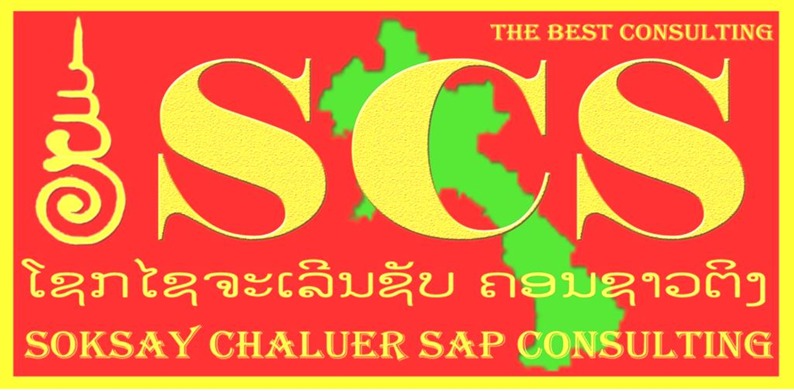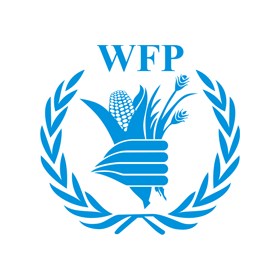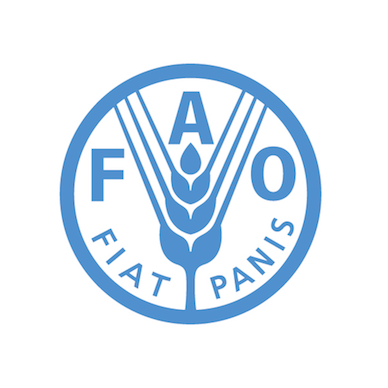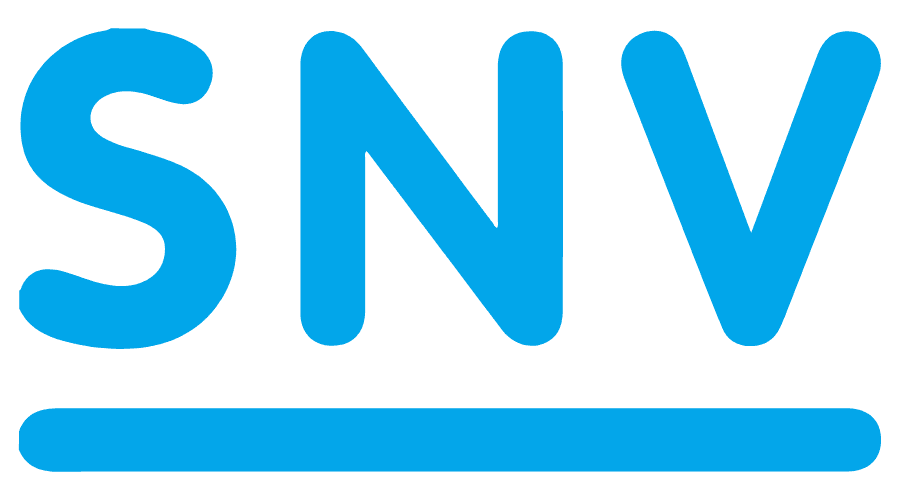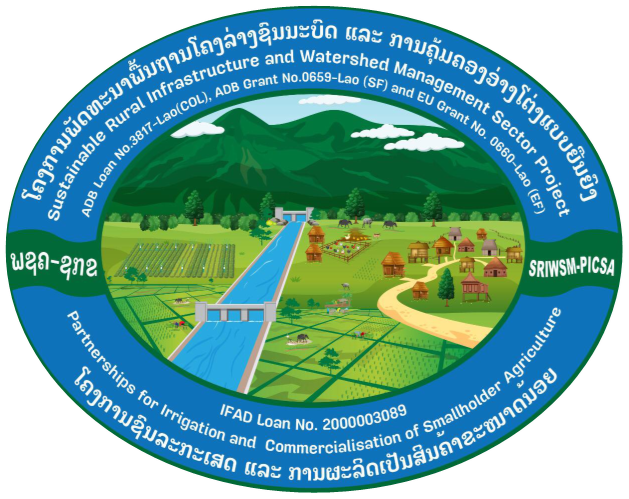The SRIWSM design builds on the existing ADB financed subsector irrigation portfolio and adopts new features. These include:
(i) The transition from irrigation infrastructure focused on paddy rice to command areas, management, provision, and regulation of reliable water for dry season HVCs.
(ii) The requirement for cropping to be market-led and connected, including support for developing (a) agribusiness capacity within the provincial administration, (b) supporting key commercial market chains attached to the irrigation districts, (c) ensuring crop water demand is defined, scheduled, and used to specify engineering design terms of reference, and (d) good agricultural practices using LAOGAP.
(iii) Support to secure watershed ecological services especially through land use change programs within the linked catchments that reduces the risk of accelerated evacuation of flood water, while increasing water retention within the catchment to reduce risk to dry season water supply.
(iv) A strong commitment to devolved project implementation under the Sam Sang policy with implementation responsibility delegated to provincial administration, recognizing the need to provide governance oversight and short-term mentoring with the benefit of building capacity in public institutions as opposed to local consultants.
(v) Support devolution with project wide information and financial management systems that will be cloud-based and able to interface with the new public sector’s double entry accounting systems for the Ministry of Finance (MAF) and the Department of Irrigation (DOI).
(vi) The piloting and application of mobile phone technologies for project monitoring and reporting functions that will also enable public sector work plan reporting at far less cost and increased reliability.
(vii) The integration of nutrition sensitive agriculture activities into ADB-financed loan portfolio.
